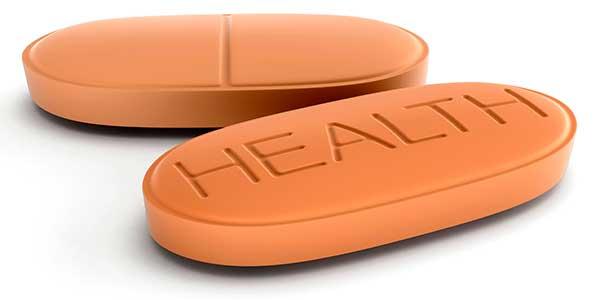Coinsurance
Your share of the costs of a covered health care service, calculated as a percentage (for example, 20%) of the allowed amount for the service. For most services, you pay coinsurance after you’ve met your deductible.
• If you've paid your deductible: You pay 20% of $100, or $20. The insurance company pays the rest.
• If you haven't met your deductible: You pay the full allowed amount, $100.
Example of coinsurance with high medical costs
Let's say the following amounts apply to your plan and you need a lot of treatment for a serious condition. Allowable costs are $12,000.
• Deductible: $3,000
• Coinsurance: 20%
• Out-of-pocket maximum: $6,850
You'd pay all of the first $3,000 (your deductible).
You'll pay 20% of the remaining $9,000, or $1,800 ($9,000 x .20 = your coinsurance).
Your total out-of-pocket costs would be $4,800 — your $3,000 deductible plus your $1,800 coinsurance.
If your total out-of-pocket costs reach $6,850 (out-of-pocket maximum), you would not need to pay anymore. The insurance company would pay for all covered services for the rest of your plan year.
Related content
• The costs that you have to pay out of your pocket ...





